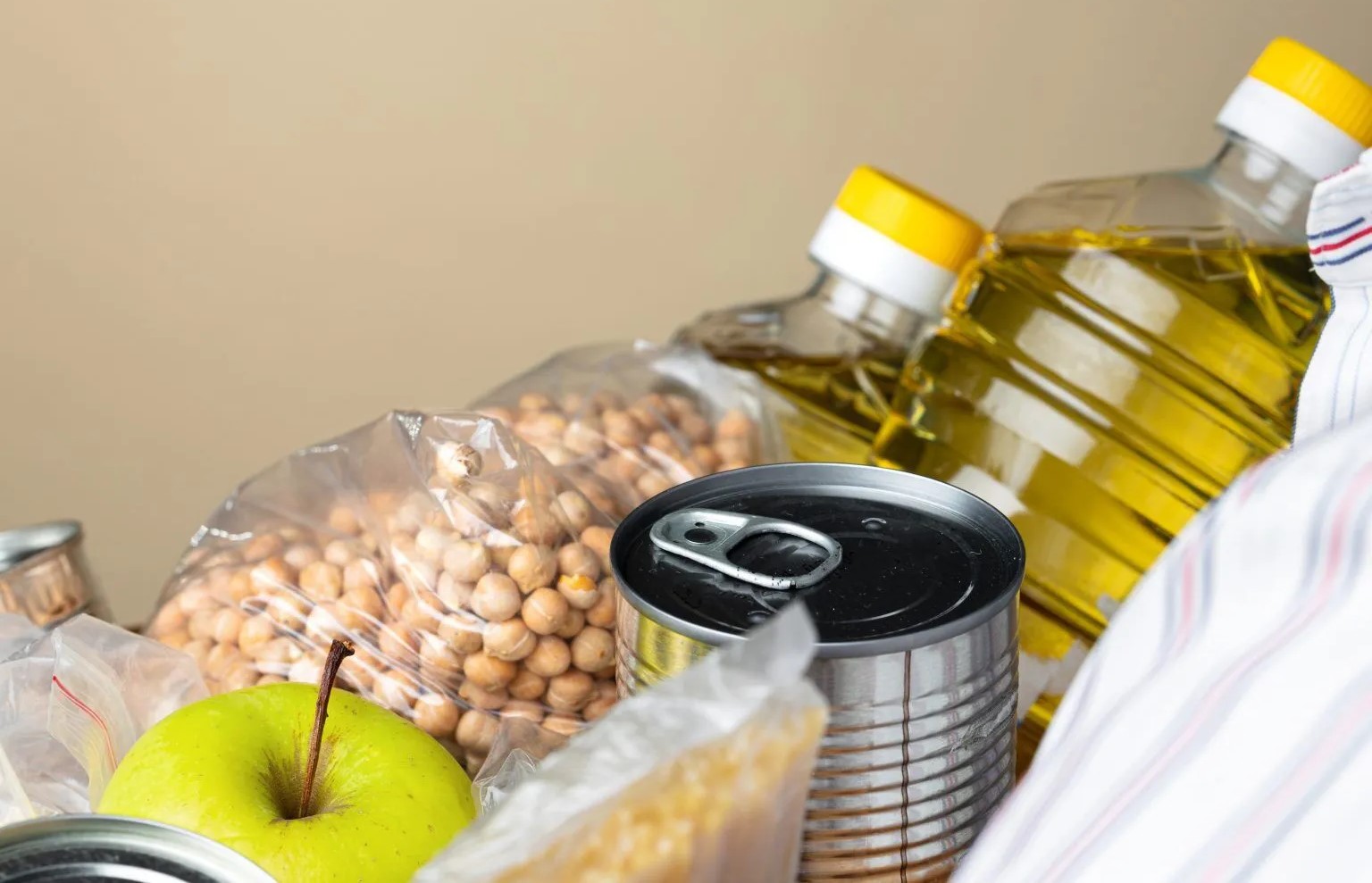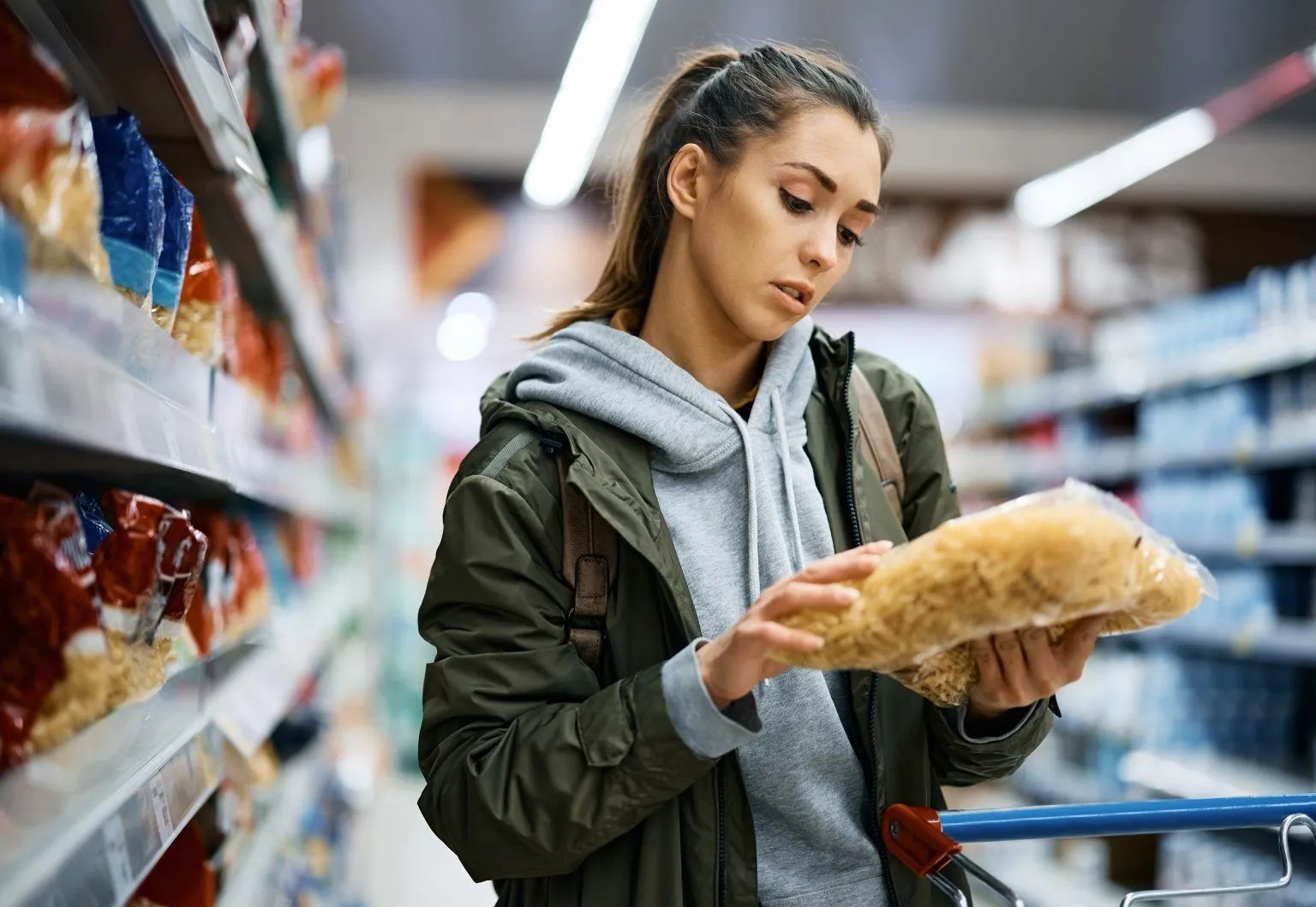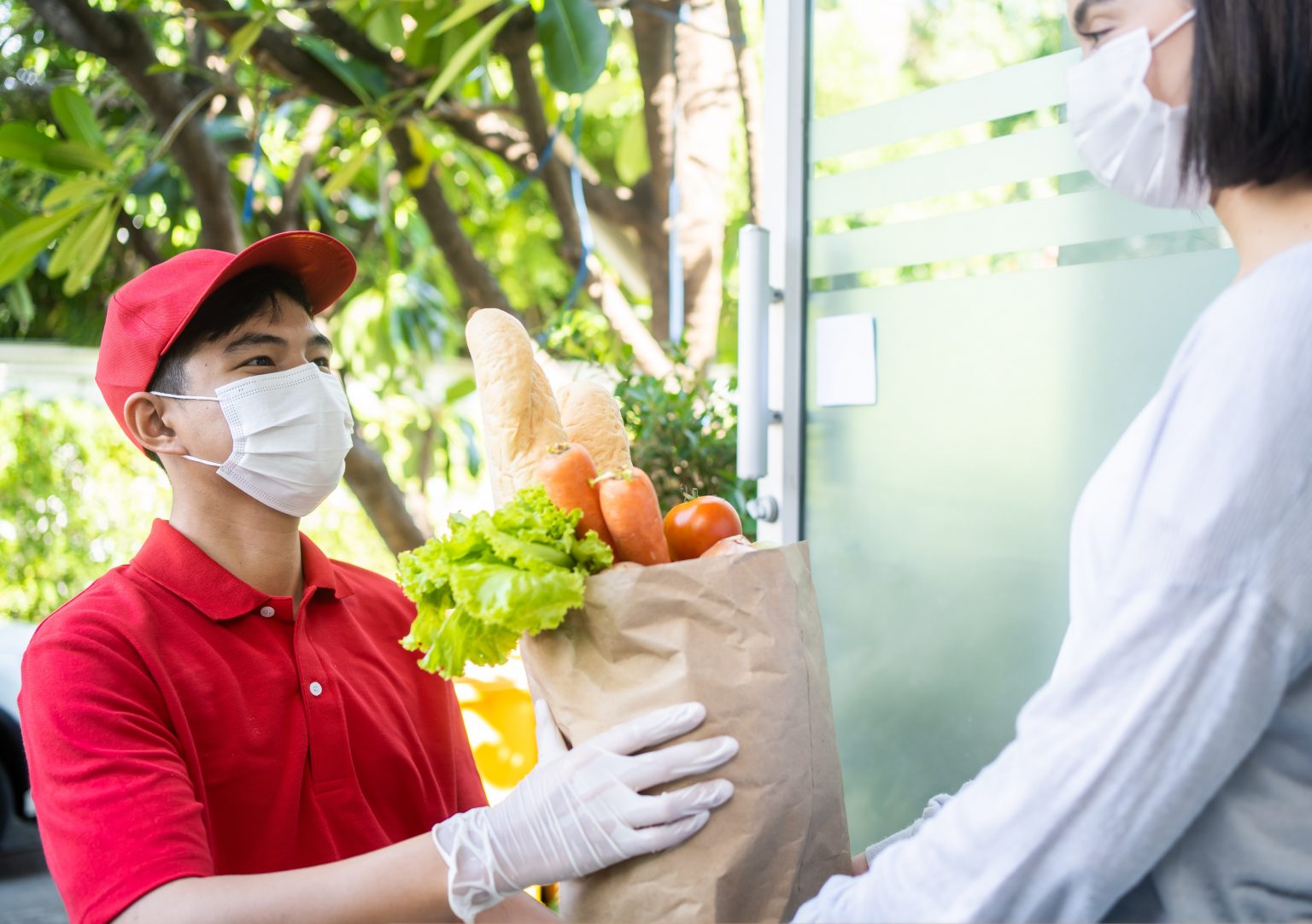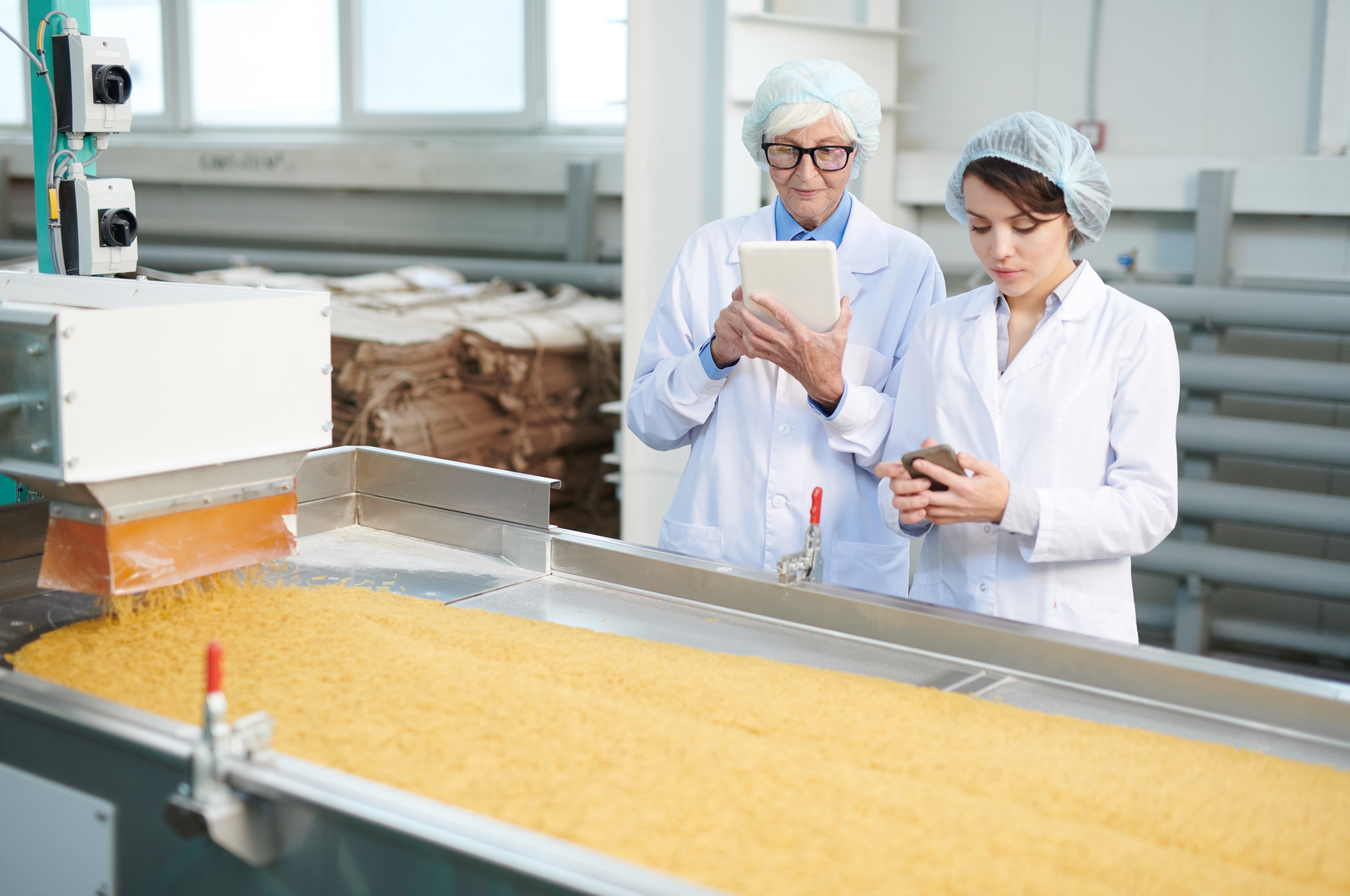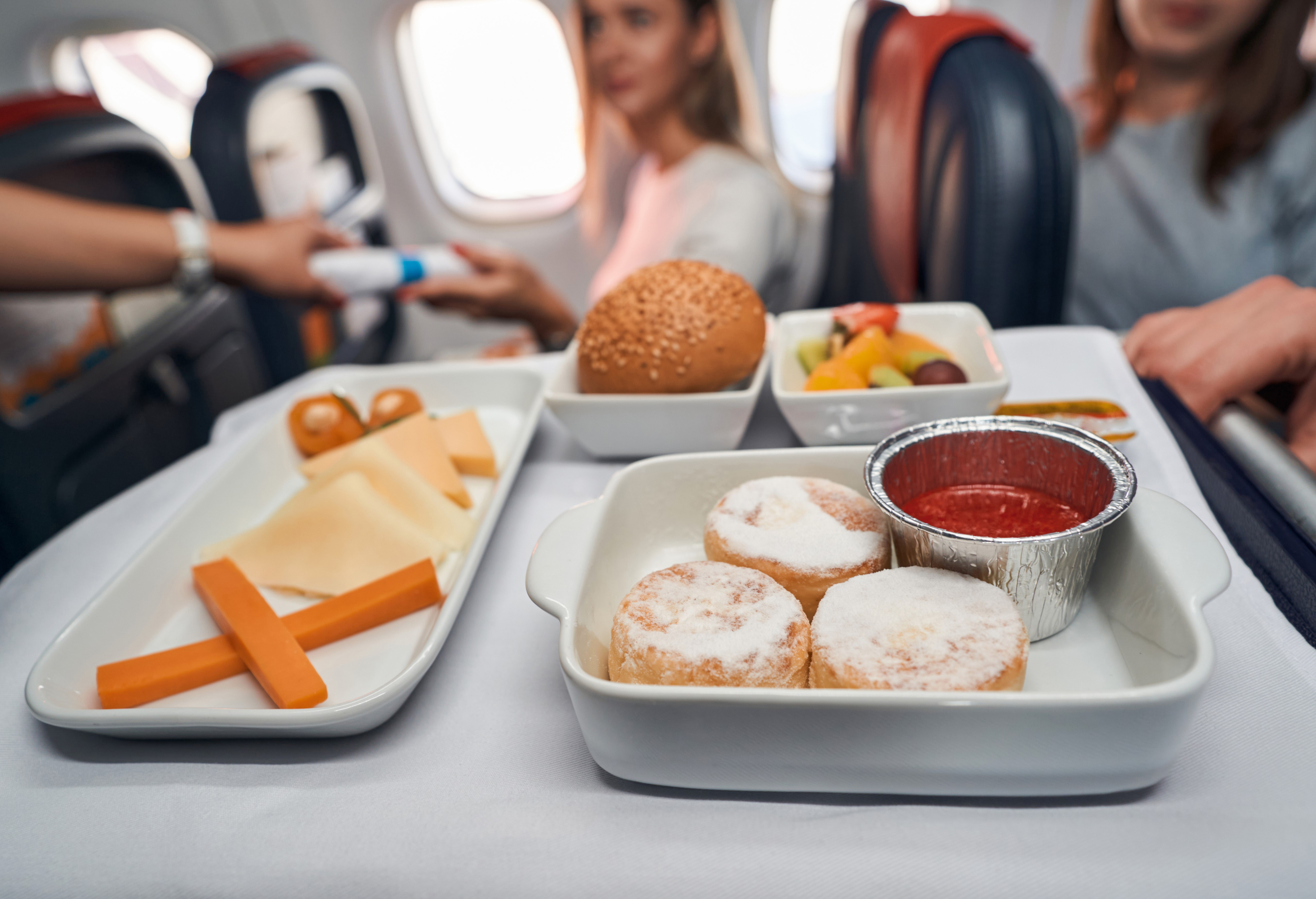Last Updated on February 17, 2025 by Admin
Table of Content |
Lately, the world has awakened to the need for sustainable food packaging as the food industry is under the scanner for its activities which are harmful to the environment and also the health of the consumers. FICSI has been actively promoting sustainable food packaging solutions by highlighting this need to protect both the environment and the end user of the food packaging. The interesting questions are how cost effective and sustainable are these initiatives? What is the role of sustainable food packaging in protecting the environment and consumer food safety? This paper answers these questions in the context of the practices of FICSI and other business best practices.
What is Sustainable Food Packaging?
Sustainable food packaging can be defined as materials and designs that are environmentally friendly and are able to contain food in the right conditions without compromising its safety and quality.
The Role of Food Packaging
Food packaging is crucial in protecting food against contamination, maintaining its quality, and making sure it reaches the end user free from damage. However, the negative aspects of conventional packaging materials such as plastic and Styrofoam have emphasized the need for sustainable alternatives.
The Essential Features of a Food Package
- Protection: This is the function which aims to control invasions and barriers against spoilage as well as impacts that may inflict physical damage.
- Preservation: Simple Strategy, use whatever can make the food last.
- Information: Tells you how the ingredients combine, their storage instructions, as well as allergens.
- Convenience: The twin aim of packing – easy transportation and easy usage.
Nevertheless, the food packaging materials used in the packaging of food items should also consider the expectations of the environmental objectives and food safety packaging requirements so that both consumers and the ecosystems do not suffer negative impacts.
Problems of Conventional Food Packaging
1. Environment
- Non-Biodegradable substances: plastics and other synthetic materials do not degrade and take hundreds of years to break down resulting in pollution.
- Energy requirement for making: The production of conventional food packaging materials is quite energy consuming and emits greenhouse gases.
- Ocean contamination: Wastes of packaging materials are frequently found at the coastal areas which adversely affect marine life.
2. Safety of the Consumers’ Interests
- Migrating chemicals: Packaging materials can contain harmful substances like Bisphenol A (BPA) or phthalates which can contaminate food.
- Packaging materials without proper requirements: some packaging contain no indications on being fit for food, hence safety concerns arise.
Some features of Sustainable Food Packaging
- Environmentally friendly materials: these are materials that decompose or are recyclable or compostable – paper, glass, bioplastics etc.
- Quickly regenerating materials: This includes materials like fibers that come from plant sources.
- Non-toxic materials: all the materials used do not endanger human health as they conform to food and drug regulations.
- Energy-Efficient Production: The manufacturing processes employed do not require a lot of energy or generate a lot of waste.
The Role of FICSI in Promoting Sustainable Food Packaging
The FICSI is an important player in ensuring the application of sustainable packing practices in the food sector. FICSI points out that food packing sustainability should not compromise the safety of consumers and the environment.
Key Initiatives by FICSI
- Skill Development Programs: Enabling design and selection of food packaging materials that are sustainable to practitioners in the food industry.
- Research and Innovation: Working with other bodies towards the provision of cost effective and environmental friendly packaging technologies.
- Awareness Campaigns: Making both businesses and consumers aware of the need to practice sustainable packaging.
- Compliance Standards: The promotion of global food safety certification on packaging materials such as ISO 22000, HACCP and others.
Through such activities, FICSI is focusing on a future food packaging paradigm where consumers are protected and the environment is conserved.
Environmental Benefits of Sustainable Food Packaging
1. Reduction in Plastic Waste: The use of biodegradable or compostable materials means lesser plastic making it, thus reducing pollution, and saving landfills.
2. Lower Carbon Footprint: As the said materials are made from organic resources or recycled paper, the energy used to recycling them is much less than manufacturing new resources.
3. Preservation of Natural Resources: Employing renewable resources decreases the reliance on non-renewables, thereby making it possible to achieve ecological sustainability in the long run.
4. Supporting a Circular Economy: Packaging that can be recycled adds value to a circular economy where resources are reused instead of wasted thus, reducing the quantities of waste as well as the amount of resources consumed.
Consumer Safety Detriments of Sustainable Food Packaging
1. Chemical Exposure Decreased: Green alternative packaging replaces the use of toxic elements like BPA and phthalates, making food packaging safe for the end user.
2. Food Safety Requirements Adherence: Often, these are sustainable materials that have undergone certification to food safety standards across the globe, reducing all forms of contamination.
3. Increased Shelf Life: There are also new sustainable packaging technologies such as vacuum and oxygen scavenger packages that can help retain quality and freshness.
4. Clarity and Security: Sustainable packaging is eco-friendly, and clear information about sustainable packaging will help consumers trust and believe in its contribution to the environment.
Cases of Sustainable Food Packaging
- Edible Packaging: Such materials as seaweed or rice that are naturally caused may be eaten with the food, allowing no waste to be generated at all.
- Plant-Based Plastics (Bioplastics): Bioplastics, obtained from renewable resources like corn or sugarcane, are safe for the environment while still tough and sturdy.
- Materials that can be recycled: To many environmentally- conscious individuals, glass bottles, aluminum can, or paper-based cartons can be regarded to be ideal since they are easily recyclable.
- Materials which are Compostable: Residuals such as bagasse (sugarcane fiber) or PLA (polylactic acid) are naturally turned into nutrients for soil without any hazardous components.
Best practices for achieving a sustainable food packaging
-
Life Cycle Assessments (LCA) are important
Look into the packaging material and its related tools’ environmental perspective while in use around commercial related site.
-
Work with Suppliers that do Safe Materials Supply
Let materials required be from certified suppliers who follow safe material supply and are certified.
-
Make a Budget Plan for Improvement on Public Awareness
Develop methods for proper disposal for customers so as to get the maximum benefits from sustainable packaging.
-
Adopting a Waste-centric Approach
Encourage the use of smart packaging as a growing technology, to increase food security and safety, reduce waste.
-
Engage the industry
Networks, organizations, or departments like FICSI should be engaged to provide participants with the current best practices updates and training.
Barriers in the adoption of sustainable packaging
1. High Start-up costs: Environmental friendly materials seem to be more costly in comparison with the commonly used materials which becomes a challenge especially for small scale businesses.
2. Scope is Limited: More advanced sustainable materials or recycling units may not be accessible in all regions.
3. Attitude of Consumers: Sustainable packaging may not be attractive to some consumers as there are people who consider even sale packaging, as these are not durable enough.
4. Regulatory Hurdles: It can be challenging to deal with the different levels of regulation on food packaging materials in the different countries.
Future of Sustainable Food Packaging
There is a reasoned concern that packaging of food will in the future also incorporate aspects of safety, technology, and environmental sustainability into its design. New developments such as packaging with freshness sensors and green packaging materials will set new boundaries. Moreover, traditional packaging materials are likely to invite tougher global regulatory standards and therefore the trend towards sustainable materials will gain pace.
Also Read: Food Safety and Different Types of Food Contaminations
Final Word
The transition towards sustainable food packaging comes at a time where environmental issues and food safety are becoming two key issues for consumers across the globe. It tackles both problems of environmental pollution and public health concerns by committing to cut waste, limit chemical usage and adhere to safety measures. An organization like the Food Industry Capacity and Skill Initiative (FICSI) is vital to this change as it is involved in skills training, innovative initiatives, and raising awareness.
The food industry is ready to drive more collaborative efforts between regulators, businesses, and consumers towards safer greener packaging. The time for sustainable food packaging is now and it is needed for the good of the earth and everyone who lives on it.



